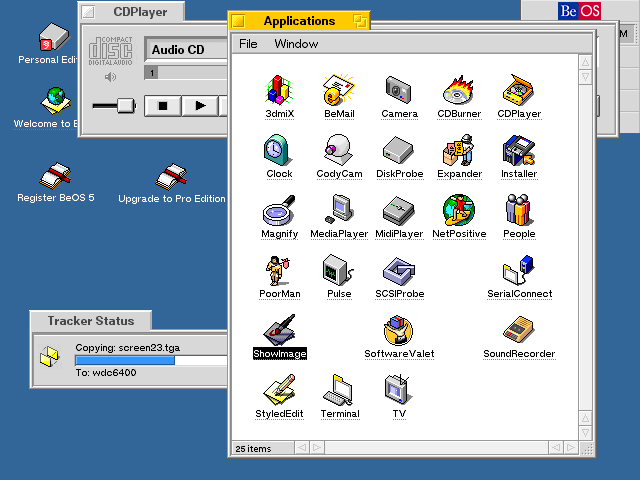When it comes to modernizing FreeSO/FreeSO UI, I'd suggest starting by choosing things that could be considered iconic, or simply, which are making TSO feel like TSO. For example, there is a lot of blue colour in the interface (similar to all the sim games). You could make a palette of colors used through out the game. You probably noticed that it's kinda skeumorphic somehow, with all the shadows, insets etc. which are giving it depth. These days, I think people just settle down on showing depth by color changes and simple, non-disturbing effects (like light shadow in Material Design icons on Android). Rounded shapes are a pretty distinctive part of TSO interface as well and how it all falls into place when you're switching between city view and lot view etc.
What I personally consider as good examples of modernizing stuff (you might not agree with me but whatever) are ThinkPads. While many believe that Lenovo really drifted too far from the original design etc. bla bla bla fanboy nostalgia bla bla bla, I really think they went the right way, by mixing the iconic features of their hardware design and modern ones (even though they missed a few spots).
They essentially went with a few things:
- it's black
- has a red dot on the keyboard (trackpoint)
- had red buttons for that trackpoint
- iconic thinkpad logo
- red light on the cover indicating that laptop is running
- simple black box, no curves etc.
- easy to open, repair etc.
- rubbery coating
Sure, they missed a few things that we consider irrelevant/redundant these days, but the basic, iconic features are there. It feels like a ThinkPad.
Another example that in my opinion really fits is the design of Haiku OS. I'm sure nobody cares what Haiku is etc. but essentially it's an open-source OS on BeOS, really old thing that had a cult following back in it's day. What I like about it is how it mixed good old design paradigms with modern ones.
So here is BeOS 5 in all it's glory:
And what Haiku did to it.
So they kept the way old UI is, it really feels like BeOS, but enhanced it with cool, 3D-like vector icons, gradients, effects etc. making it really look nice and scalable but also keeping distinctive features of the old one and building upon it (for example, windows look like tabs, but in Haiku, these are also stackable. It feels like that hipster retro thing.








